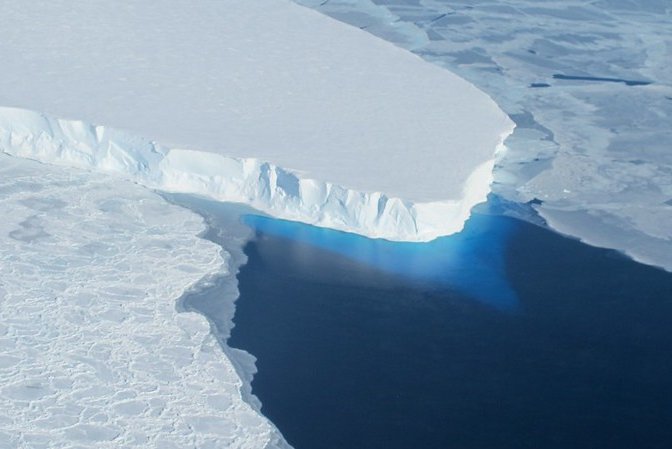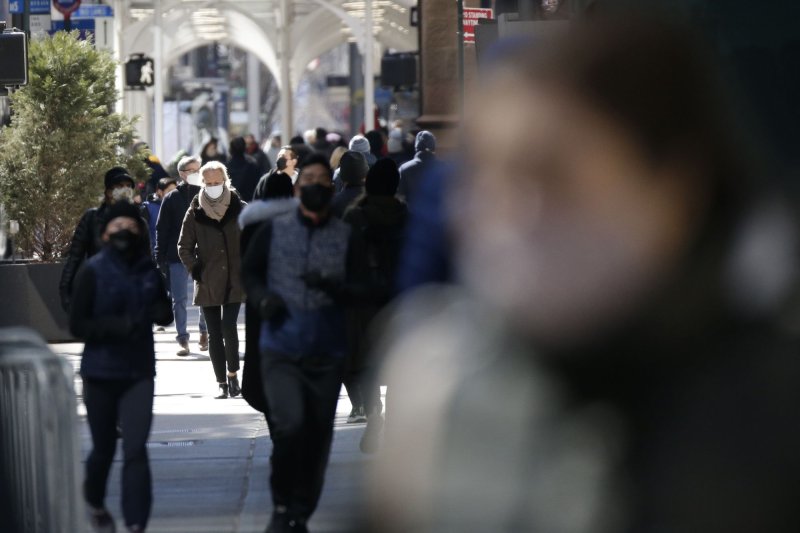
Construction of a 430,000 square-foot array of solar panels is underway at an army base in Leconfield, England, the British Ministry of Defense said on Wednesday. Photo courtesy of British Ministry of Defense
April 7 (UPI) -- The British army announced its construction on Wednesday of a photovoltaic solar farm to supply its Leconfield, England, transport school with electricity.
With 4,248 solar panels to be arrayed on a field, it was described in a Twitter statement on Wednesday as "the first of four photovoltaic solar far
The solar farm is part of the British Army's "Project Prometheus," with a goal of attaining net zero carbon emissions by 2050, and is expected to result in an emissions reduction of 2,000 tons of carbon dioxide -- as well as a $1.37 million efficiency savings, per year.
The project at Leconfield's Defense School of Transport is one of four planned sites, which are expected to provide one-third of the needed electrical power for each site.
Leconfield, in Yorkshire; the Duke of Gloucester Barracks in South Cerney, Gloucestershire; the Rock Barracks in Suffolk and Baker Barracks on Thorney Island, Sussex, are scheduled to go on line by the summer of 2021.
Another 80 solar farms across the country are planned by the British army in the next seven years.
"The Army remains wholly committed to play its part in meeting the UK's commitment to achieve net zero emissions by 2050," British army sustainability chief Maj. Gen. David Southall said in a press release.
"To deliver this, we are working hard to reduce energy demand as well as increase 'green' supply across our estate," Southall said.








